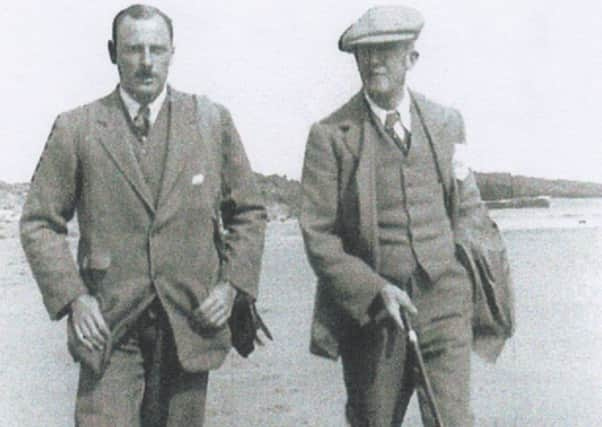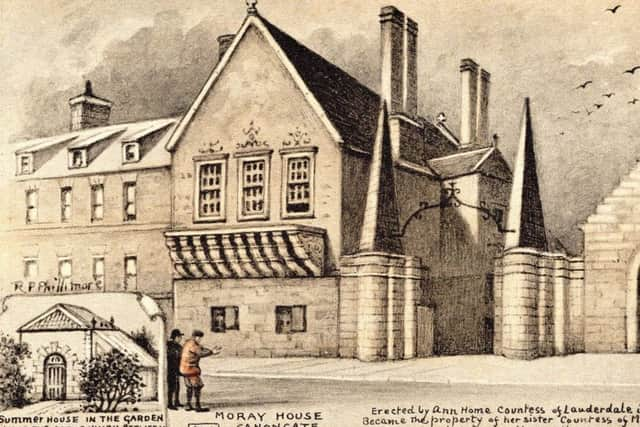Book highlights historical Edinburgh postcards by doyen Phillimore


Now, nearly eight decades after his death, some of the most celebrated artworks by Reginald P Phillimore – a leading light in Britain’s picture postcard movement – have been brought together for the first time in a new book.
The artist, who lived in North Berwick, became revered throughout the country for his series of postcards capturing some of the capital’s most famous sights, as well its obscure nooks.
Advertisement
Hide AdPhillimore produced nearly 100 postcards based on the city, providing a unique snapshot of Edwardian Edinburgh in all its pomp.


Those images have been collated for the first time, sparking hope Phillimore’s work – and reputation – will be in line for a renaissance.
Although he is a little- known figure nowadays, Phillimore was regarded as one of the country’s postcard kingpins,
He produced hundreds of cards, drawing his subjects in black and white before employing Mary Pearson – a North Berwick schoolgirl – to colour in the images. As a result, no two postcards were alike. While Phillimore’s cards sold for a halfpenny apiece to a network of dealers across Britain, his fame quickly made sure their value skyrocketed. Some of his works remain extremely rare and can fetch upwards of £100 at specialist auctions.
Jan Bondeson, the author of Phillimore’s Edinburgh, said the artist offered a “unique view” of Edinburgh at the turn of the century. He described Phillimore as a “very talented” artist, whose work had been “under appreciated for many years”.
Phillimore, he said, was a “firm traditionalist” who had a disdain for modernity, a viewpoint reflected in the fact only one of his Edinburgh postcards – a study of Sir Walter Scott’s home – focused on the New Town.
Advertisement
Hide AdInstead, he added, Phillimore was fascinated by anything “old and quaint”, explaining: “He liked to poke around in the closes of the Royal Mile, to investigate their history and find out what worthies had lived there in ages past.”
While the artist trained his eye on some well-known landmarks throughout the capital, Bondeson said Phillimore’s catalogue of work also shone a light on some lesser-known sights across the city.
Advertisement
Hide AdHe said: “Some of the subjects for Phillimore’s Edinburgh cards have been literally done to death by the postcard industry, ancient and modern, like Greyfriars Bobby and Scott’s Monument.
“Other of his cards, like those of Bakehouse Close and White Horse Close, are artistic and interesting, although hardly unique in the iconography of the capital.
“Yet other cards, like Brown’s Court and Bishop Paterson’s House, provide curious and little-known views of old Edinburgh.”
Phillimore, a former schoolteacher, also produced a series of postcards capturing well-known sights in his adopted home of North Berwick, where he moved to from England after an elderly relative left him a property.
Although he visited many other areas of Scotland, Edinburgh remained his one true muse. He thought little of Glasgow’s harsh industrial cityscape.
With the publication of the book, which features full-colour reproductions of Phillimore’s 92 postcards of Edinburgh, Bondeson is optimistic the work will gain a new audience. “I hope that this book will help to promote something of a Phillimore revival,” he said.
Phillimore’s Edinburgh by Jan Bondeson is published by Amberley Publishing.